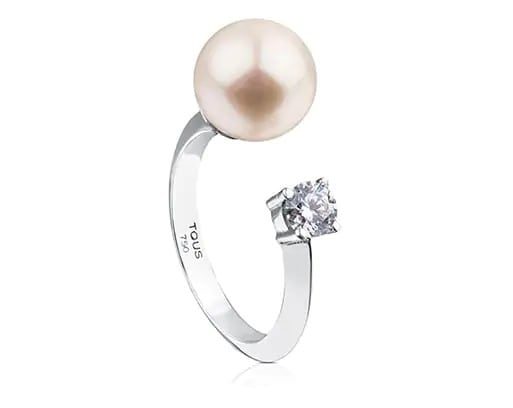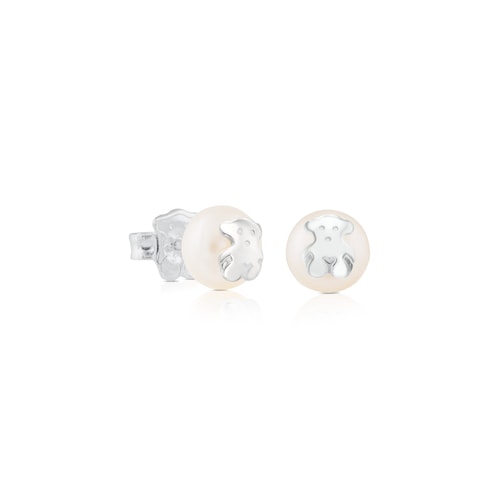PEARLS
Pearls are gemstones of organic, origin. We differentiate between natural and cultivated pearls based on whether man has been involved or not. The typical pearly luster is produced by the overlapping platelets of aragonite and film of conchiolin nearer of the pearl surface. This formation also causes the interference of light and the resulting iridescent colors, called orient that can be observed in the pearls surface.Known for men since roman times, due that pearls do not need to be polished or cut to show it´s beauty.
















